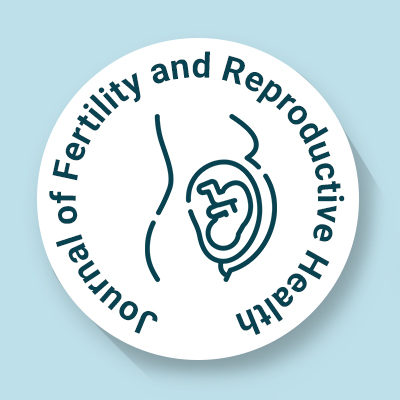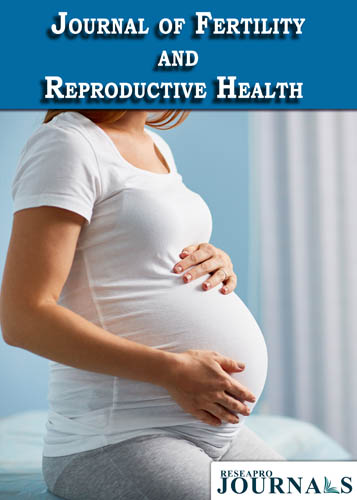
Journal of Fertility and Reproductive Health
OPEN ACCESS

OPEN ACCESS

The risk of infertility is increasing globally as a result of genetic factors as well as environmental factors. This review focuses on the complex relationship between environmental factors and infertility, a global issue affecting millions. It covers a wide range of environmental exposures, including air pollution and endocrine-disrupting chemicals (EDCs), which can interfere with various stages of reproductive physiology. In males, lifestyle choices, occupational hazards, and EDCs can negatively impact sperm quality and hormonal balance. Similarly, these chemicals can disrupt ovarian function and menstrual regularity in females. Furthermore, this review discusses how environmental exposures can affect the success of Assisted Reproductive Technologies (ART), influencing ovarian response and embryo quality. It highlights the role of epigenetic mechanisms, where changes induced by environmental exposures can be passed down to future generations. Despite existing regulations to lower environmental risks, challenges remain. It also emphasizes the importance of public awareness and education in addressing these risks. The mini-review concludes by demanding future research to identify new environmental threats, understand their molecular mechanisms, evaluate their long-term effects, and develop new biomarkers and models for risk assessment. In addition, emphasizes the importance of environmental factors and interdisciplinary approaches to human fertility and ART outcomes.
Received 29 May 2023; Revised 11 September 2023; Accepted 18 September 2023